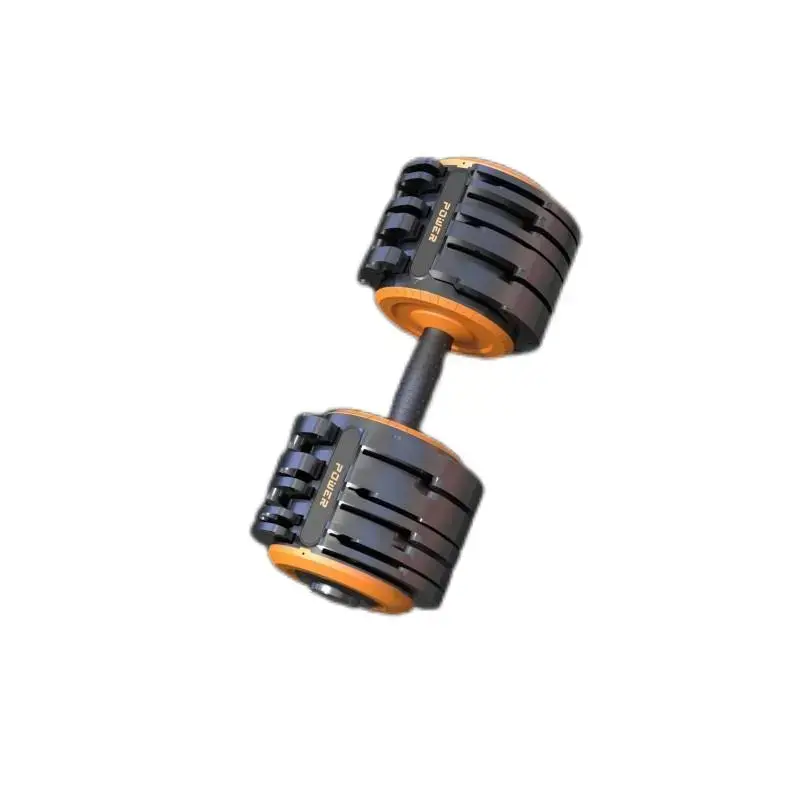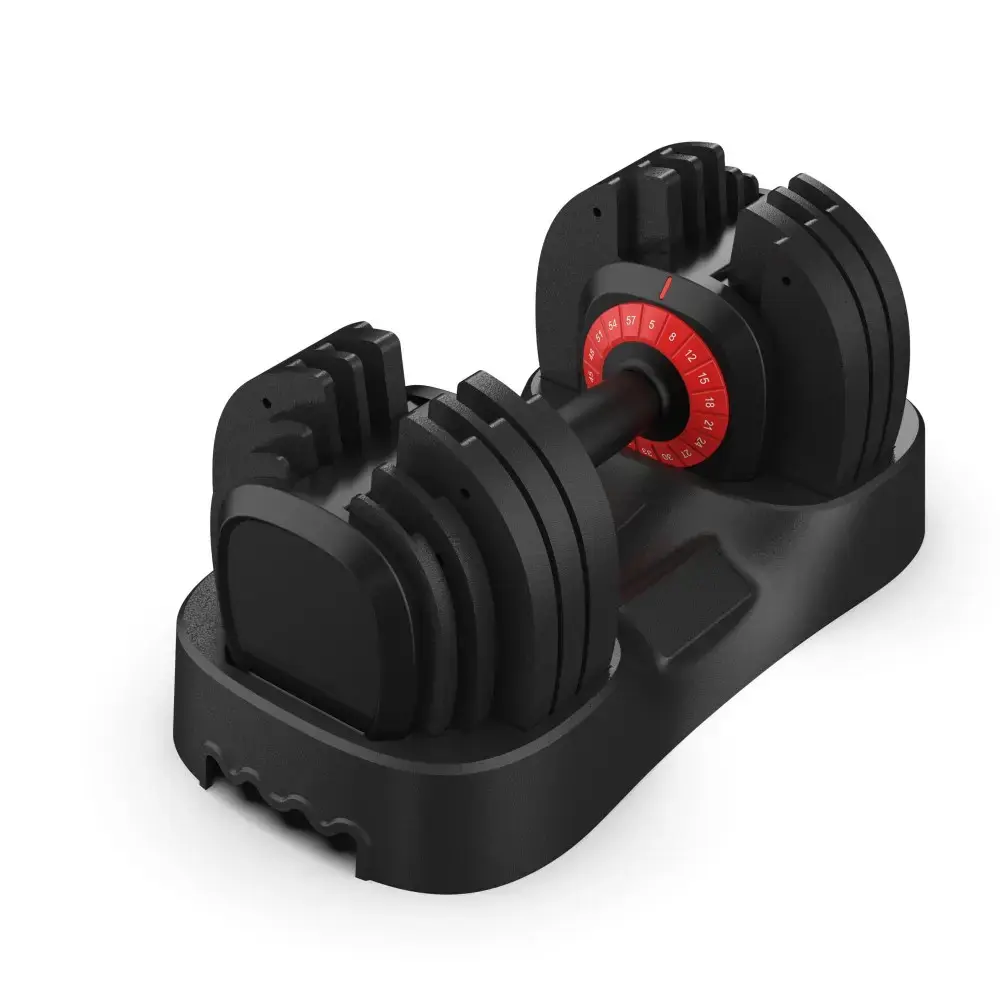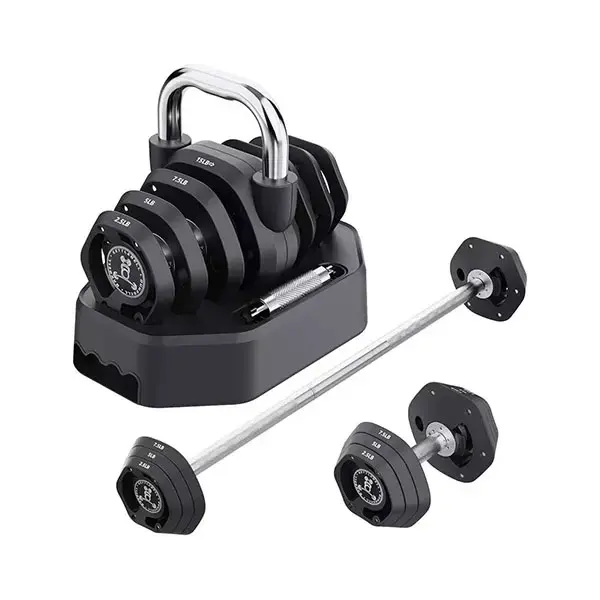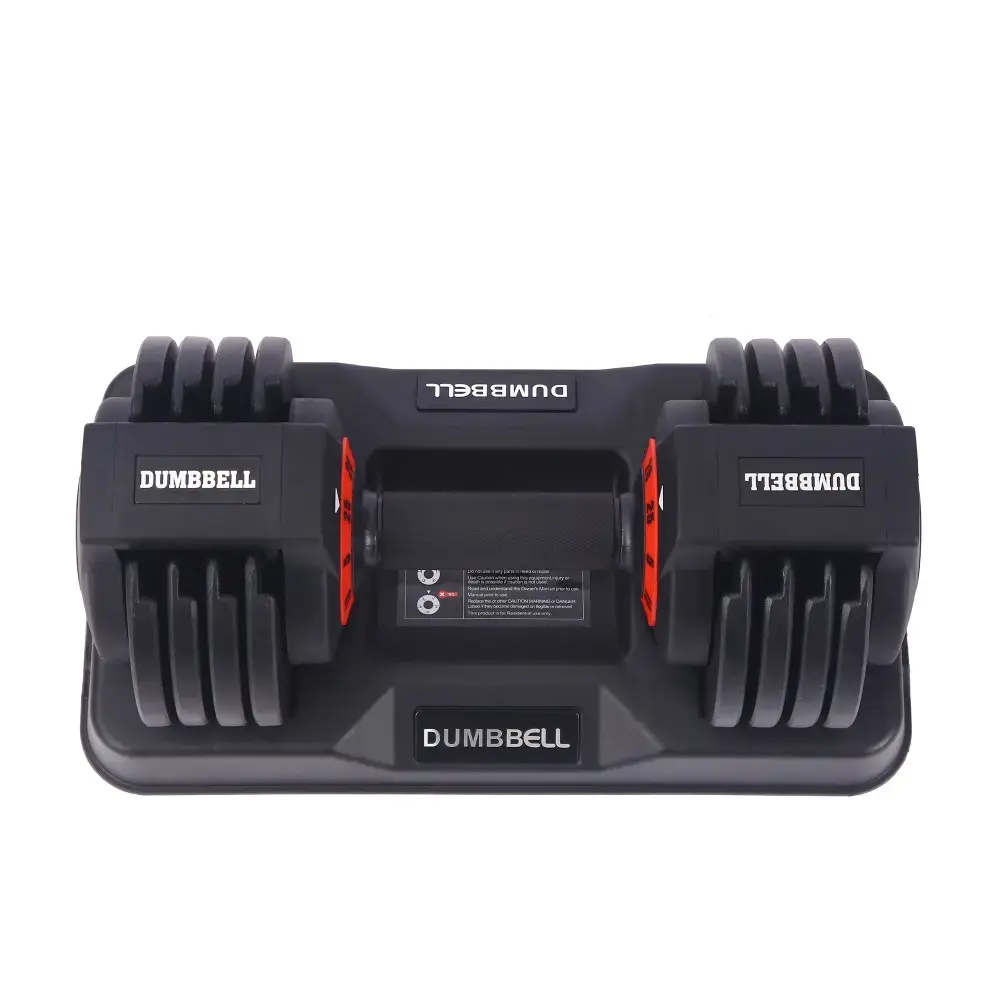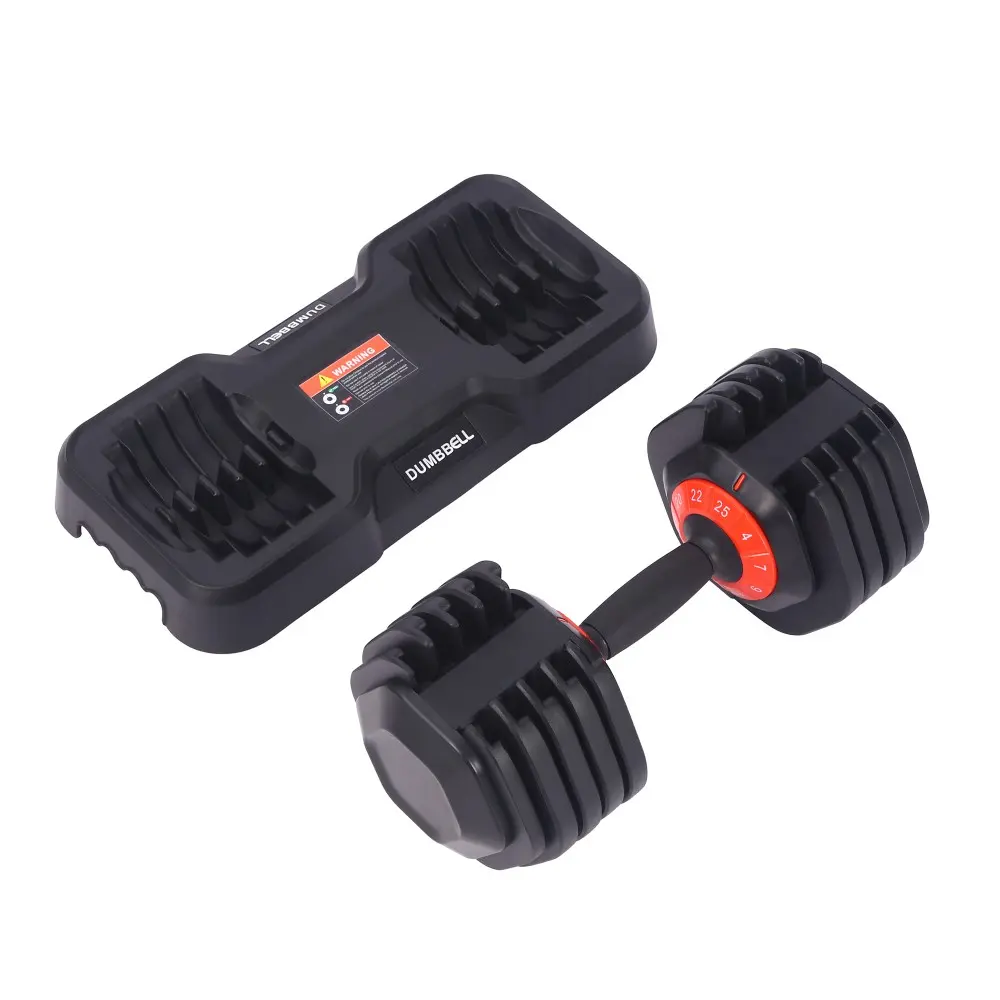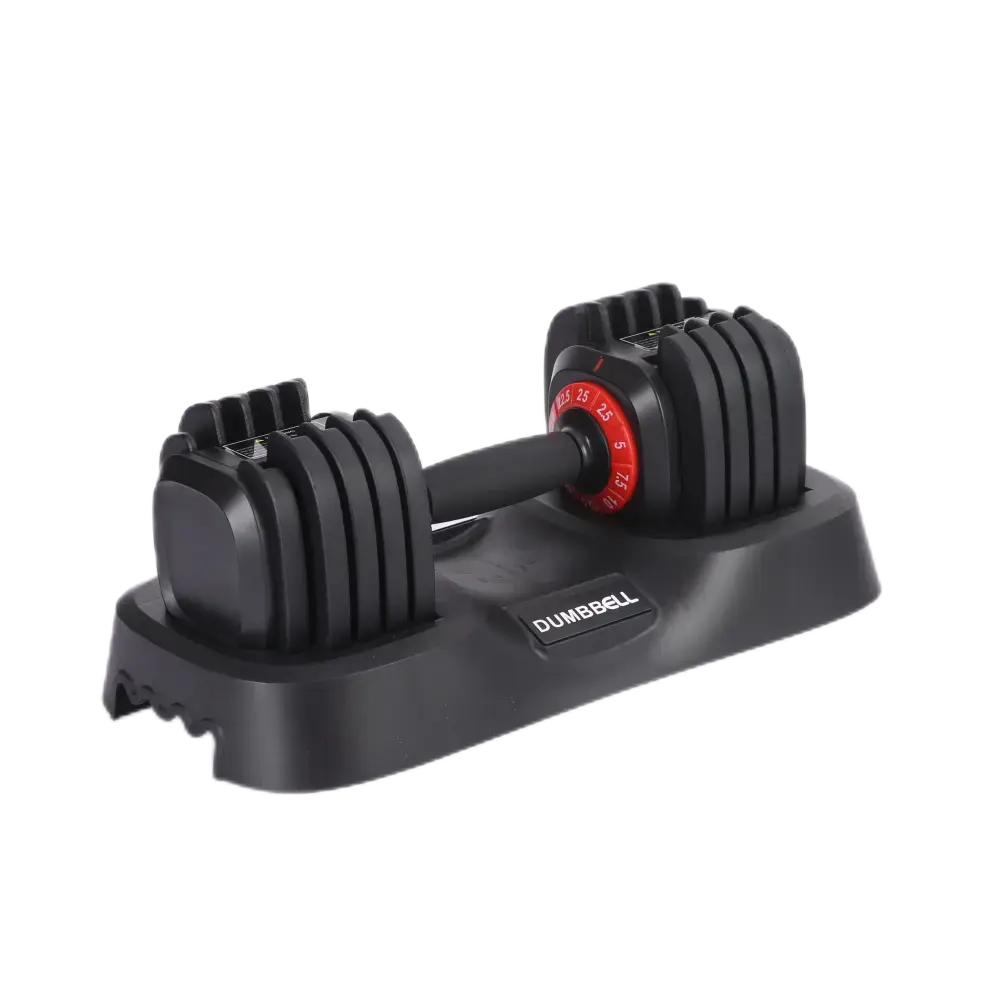Sales Strategies for Adjustable Dumbbells on E-commerce Platforms
Sales Strategies for Adjustable Dumbbells on E-commerce Platforms
1. Introduction
With rising health awareness and growing demand for home fitness, market demand for adjustable dumbbells continues to rise. Understanding and mastering sales strategies for adjustable dumbbells on e-commerce platforms is crucial for global high-end wholesale buyers. This not only helps boost product sales but also strengthens brand competitiveness and expands market share.
2. Market Trends and Demand Analysis
(I) Growing Awareness of Health and Fitness
Globally, people's interest in health and fitness continues to rise, and more and more people are prioritizing regular exercise. This trend is driving growth in the fitness equipment market, and adjustable dumbbells, as versatile and space-saving fitness equipment, have gained widespread popularity.
(II) The Rise of the Home Fitness Trend
Due to the impact of the COVID-19 pandemic, home fitness has become a mainstream trend. Many consumers are choosing to exercise at home, significantly increasing demand for home fitness equipment such as adjustable dumbbells. Compared to traditional gyms, home fitness is not only convenient but also saves time and money.
(III) Technological Advancement and Product Innovation
Adjustable dumbbells are experiencing continuous advancements in design and technology, such as quick-adjustment mechanisms, improved ergonomics, and enhanced durability. These innovations not only enhance the user experience but also attract more consumers to adjustable dumbbells.
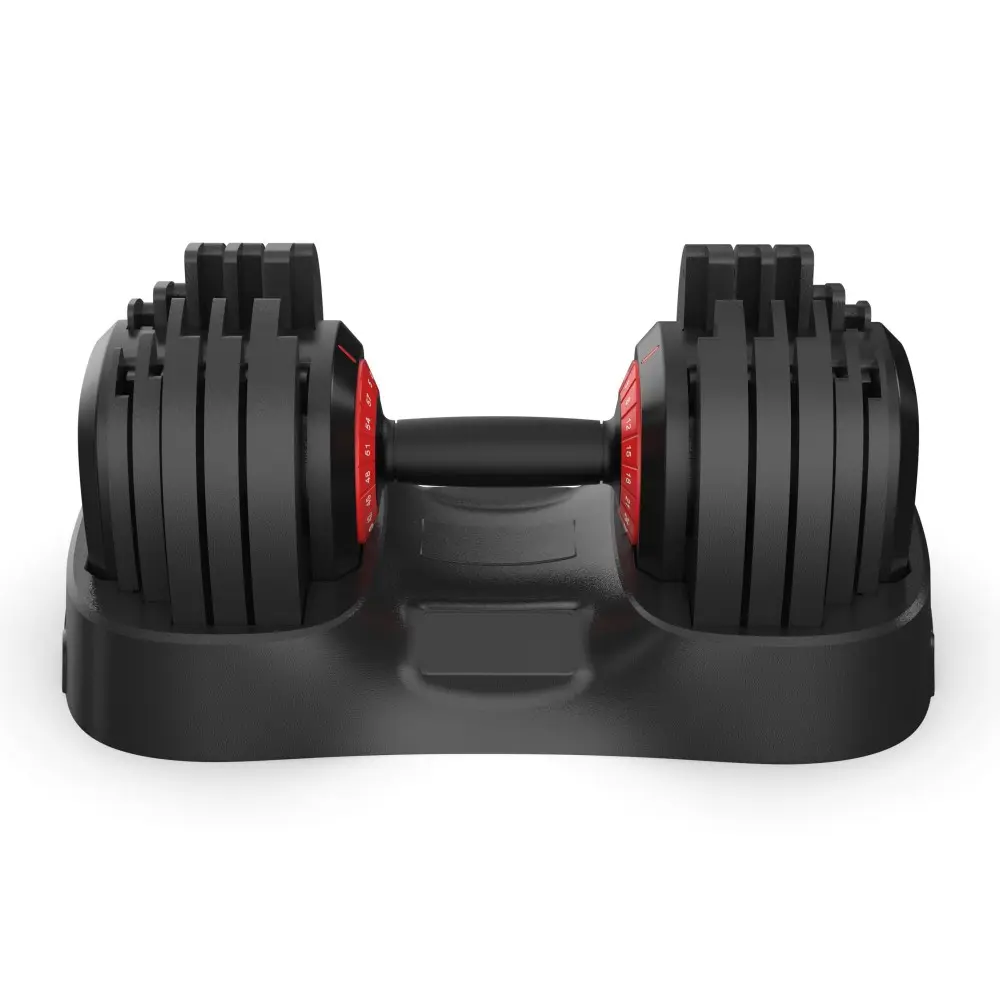
3. Sales Strategy
(I) Understanding the Market and Consumer Needs
Market Research: Conduct in-depth research on the adjustable dumbbell market to understand consumer needs, popular products, and market trends. Keep up-to-date on the latest developments in home fitness equipment to adjust product offerings and marketing strategies in a timely manner.
Consumer Profiles: Identify target customer groups, including fitness enthusiasts, home users, and professional athletes. Understand their fitness needs, budgets, and purchasing habits to develop more targeted sales strategies.
(II) Optimizing the Online Store
A Professional and Optimized E-commerce Platform: Invest in a clean, responsive, and easy-to-navigate online store. Ensure fast website loading speeds and a positive user experience, as these are crucial for increasing conversion rates.
Search Engine Optimization (SEO): Use relevant keywords in website titles, headlines, product listings, meta tags, image alt text, and blog content. By optimizing search engines, improve your website's ranking in search results and attract more organic traffic.
(III) Product Display and Description
High-Quality Images and Videos: Use high-definition images and videos to showcase the adjustable dumbbells from various angles and in various usage scenarios. This helps consumers better understand the product's functions and features, boosting their purchasing confidence.
Detailed Product Descriptions: Create detailed and engaging product descriptions that highlight the product's key features, advantages, and practical application scenarios. Provide transparent product information, including material, weight range, and adjustment methods, to help consumers make informed purchasing decisions.
(4) Offer Customization Options
Personalized Customization: Allow consumers to select the weight range, color, material, and other features of the dumbbells based on their needs. Customization options not only enhance the product's added value but also meet the individual needs of different consumers.
High-End Customization Services: Targeting the high-end market, we offer professional customization services, such as custom brand logos and specialized material options. This helps attract high-end customers, enhance brand image, and increase product added value.
(5) Reasonable Pricing and Promotional Strategies
Market Research Pricing: Analyze competitor pricing strategies and formulate reasonable prices based on product quality, functionality, and brand positioning. Ensure prices are competitive and reflect the product's value.
Promotional Activities: Regularly conduct promotional activities, such as limited-time discounts, buy-one-get-one-free deals, and discounts on purchases above a certain amount. These activities can attract consumers and increase sales and market share.
(6) Multi-channel Sales
Multi-platform sales: In addition to your own e-commerce platform, you should also sell on major e-commerce platforms such as Amazon and eBay, as well as professional fitness equipment marketplaces. Multi-channel sales can expand your product's market reach and attract more potential customers.
Social Media Marketing: Leverage social media platforms for product promotion and brand awareness. Collaborate with fitness bloggers and influencers to increase product awareness and influence through their recommendations and reviews.
(7) Leverage Social Media and Customer Testimonials
Social Media Promotion: Display user reviews, success stories, and professional testimonials on social media platforms. Leverage the reach of social media to enhance brand credibility and product appeal.
Customer Testimonial Management: Actively collect and display customer reviews, especially those with pictures and videos. Respond to customer comments and questions promptly to demonstrate excellent customer service.
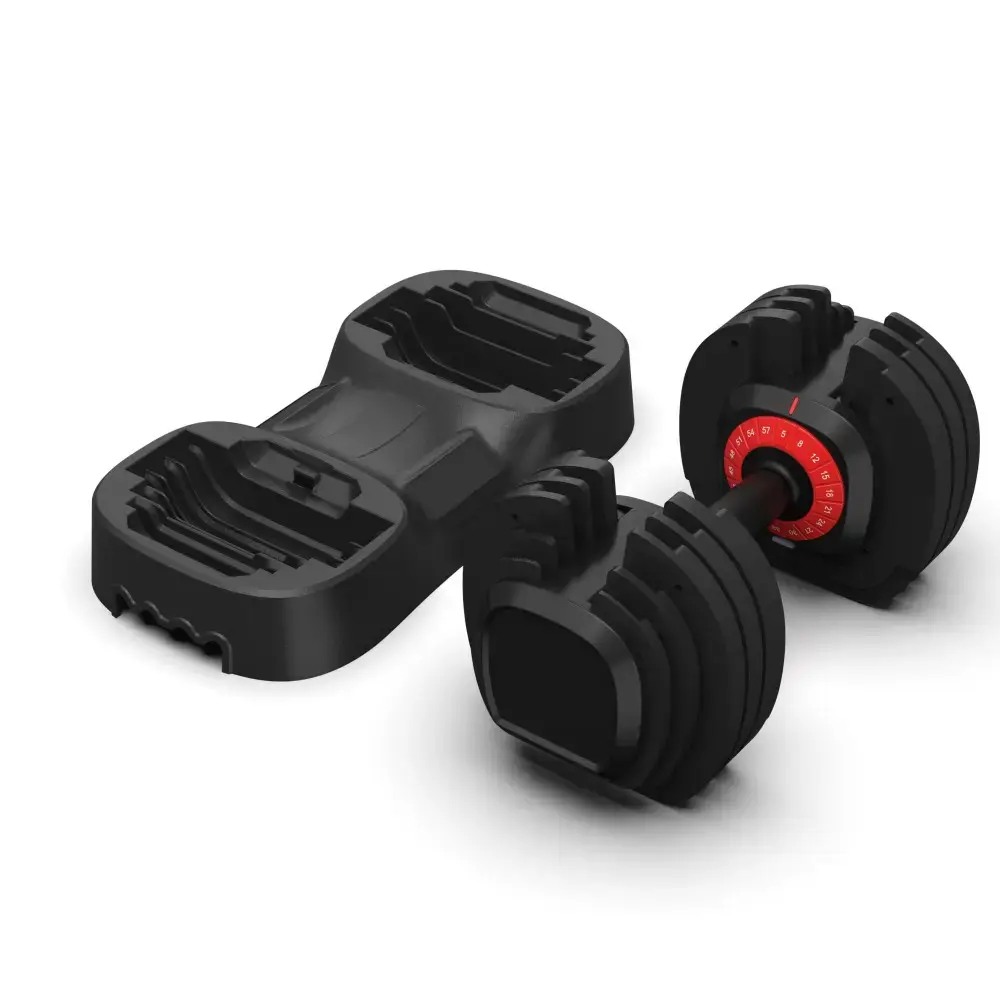
(8) Targeted Advertising and Promotions
Targeted Advertising: Leverage the advertising capabilities of search engines and social media platforms to deliver targeted advertising. Use keyword advertising and targeted advertising to attract potential customers to your products.
Promotional Event Planning: Regularly conduct limited-time promotions, such as discounts, purchase discounts, and giveaways. These activities can stimulate consumer purchasing desire and increase product sales.
(9) High-quality After-Sales Service
Logistics and Delivery: Ensure that products are delivered to customers promptly and accurately. Provide transparent logistics information and tracking services to keep customers informed of order status.
Customer Support: Provide professional customer support services, including pre-sales consultation, in-sales guidance, and after-sales service.


